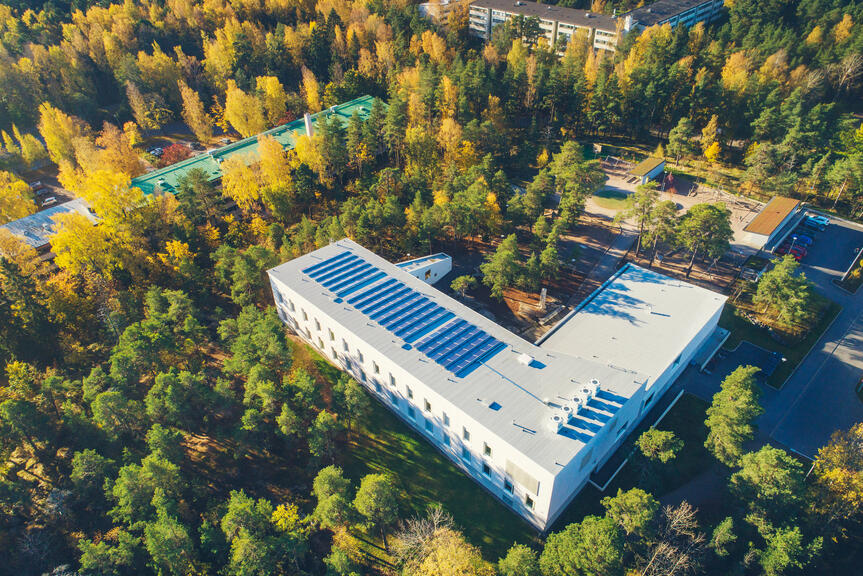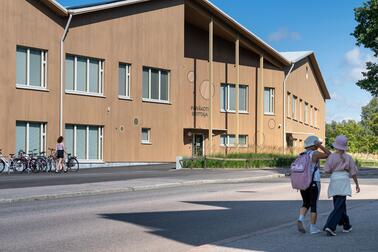
The Energy Efficiency Agreement for the Public Sector is a 10-year voluntary agreement that guides municipalities in improving their energy efficiency. The City of Helsinki will sign the new agreement on 9 October.
"The aim is to improve energy efficiency continuously and sustainably. The first step is to ensure that we consume energy only when necessary. The energy needed will then be produced and purchased as renewable energy, where possible. The City of Helsinki's energy savings target is nearly 90 gigawatt-hours over the next ten years, which is equivalent to the annual energy consumption of 36,000 studio apartments. In addition to this, some of the City’s subsidiary companies will join the agreement with their own targets," says Chief Energy Specialist Veera Sevander.
Development fuelled by the Energy Efficiency Directive
The European Union's Energy Efficiency Directive obliges each Member State to make its energy use more efficient. To achieve the targets, the Finnish Government and its administrative branches have chosen voluntary energy efficiency agreements as a way to meet EU requirements. In practice, the agreements will guide the public sector, property sector, energy and service sectors and industries towards more efficient energy use.
The main advantage of the voluntary energy efficiency agreement scheme for the City of Helsinki is the freedom to choose the most effective and economically viable means of promoting energy efficiency, based on the City's own criteria. Typically, an energy efficiency investment pays for itself in well under ten years. The Finnish Government offers incentives, such as higher levels of government support for energy efficiency investments, to those who sign up to the agreement, provided that certain conditions are met.
The ten-year agreement, which starts in 2026, will be the fourth of its kind. The City of Helsinki has been involved since the very first agreements.
During the 2017–2025 agreement period, the City achieved the most significant energy savings by investing in solar energy and replacing light sources with LEDs in service buildings, on streets and in parks. The City is set to achieve its energy savings target of 117 gigawatt-hours for the 2017–2025 agreement period.
In the new agreement period, the City will continue its ongoing measures and also develop ways to exceed the national energy efficiency standards for renovations and new buildings. The aim is to achieve an even lower energy performance reference value, or E-value, for buildings. The City of Helsinki is committed to making its buildings carbon neutral in terms of their energy consumption by 2030.
Large number of Helsinki operators party to energy efficiency agreements
In addition to the City of Helsinki itself, several City of Helsinki operators will also be joining the energy efficiency agreements in their own sectors.
The City and its notable subsidiaries in terms of energy consumption are joining the Energy Efficiency Agreement for the Public Sector JETS. Helsingin kaupungin asunnot Oy, Helsingin kaupungin asumisoikeus Oy and Kiinteistö Oy Auroranlinna are joining the Energy Efficiency Agreement for the Property Sector. Furthermore, Helen Ltd and Port of Helsinki Ltd are currently preparing to join the Energy Efficiency Agreement for Industries.
"Helsinki and its subsidiaries are major energy consumers. Through the agreements and various energy efficiency measures, we are showing the EU that we are prepared to meet the targets set by the EU," says Veera Sevander.
The national Energy Saving Week will be celebrated this year from 6 to 12 October.


